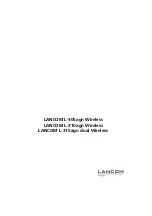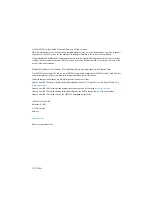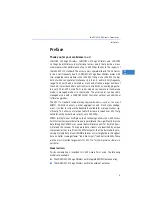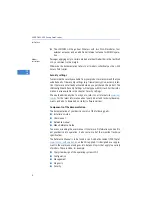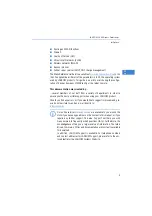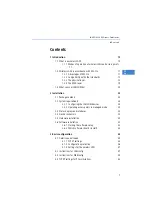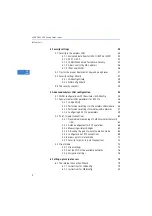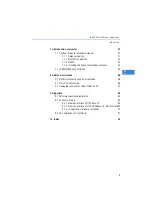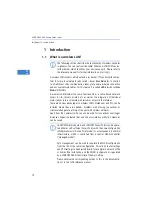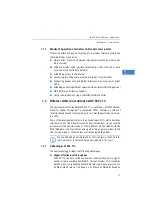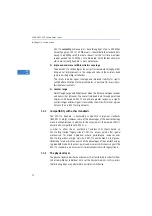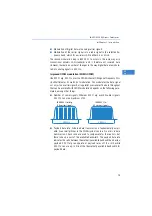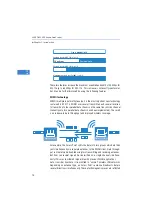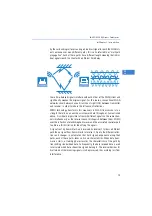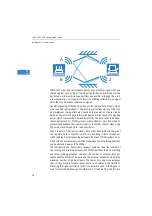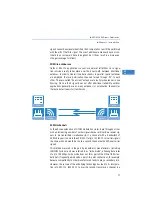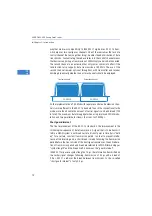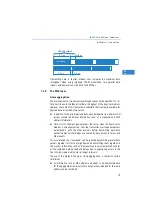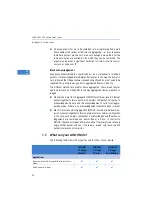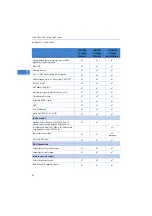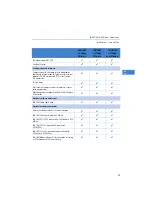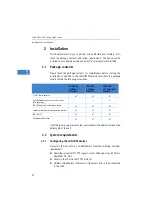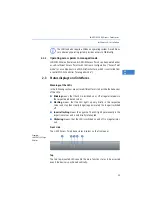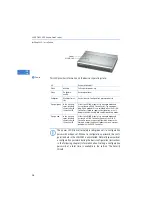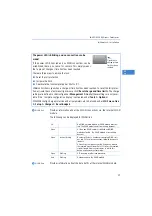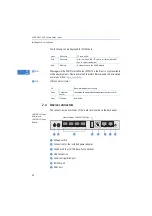
LANCOM L
-
300 Access Point series
Chapter 1: Introduction
13
EN
Modulation of digital data into analog carrier signals
Modulation of the carrier signal into a radio signal in the selected fre-
quency band, which for a wireless LAN is either 2.4 or 5 GHz.
The second modulation step in IEEE 802.11n occurs in the same way as in
conventional wireless LAN standards and is therefore not covered here.
However, there are a number of changes in the way digital data are modula-
ted into analog signals in 802.11n.
Improved OFDM modulation (MIMO-OFDM)
Like 802.11a/g, 802.11n uses the OFDM scheme (Orthogonal Frequency Divi-
sion Multiplex) as its method of modulation. This modulates the data signal
not on just one carrier signal but in parallel over several. The data throughput
that can be achieved with OFDM modulation depends on the following para-
meters, among other things:
Number of carrier signals: Whereas 802.11a/g uses 48 carrier signals,
802.11n can use a maximum of 52.
Payload data rate: Airborne data transmission is fundamentally unreli-
able. Even small glitches in the WLAN system can result in errors in data
transmission. Check sums are used to compensate for these errors, but
these take up a part of the available bandwidth. The payload data rate
indicates the ratio between theoretically available bandwidth and actual
payload. 802.11a/g can operate at payload rates of 1/2 or 3/4 while
802.11n can use up to 5/6 of the theoretically available bandwidth for
payload data.
20 MHz
20 MHz
IEEE 802.11a/b/g:
48 carrier signals
IEEE 802.11n:
52 carrier signals


